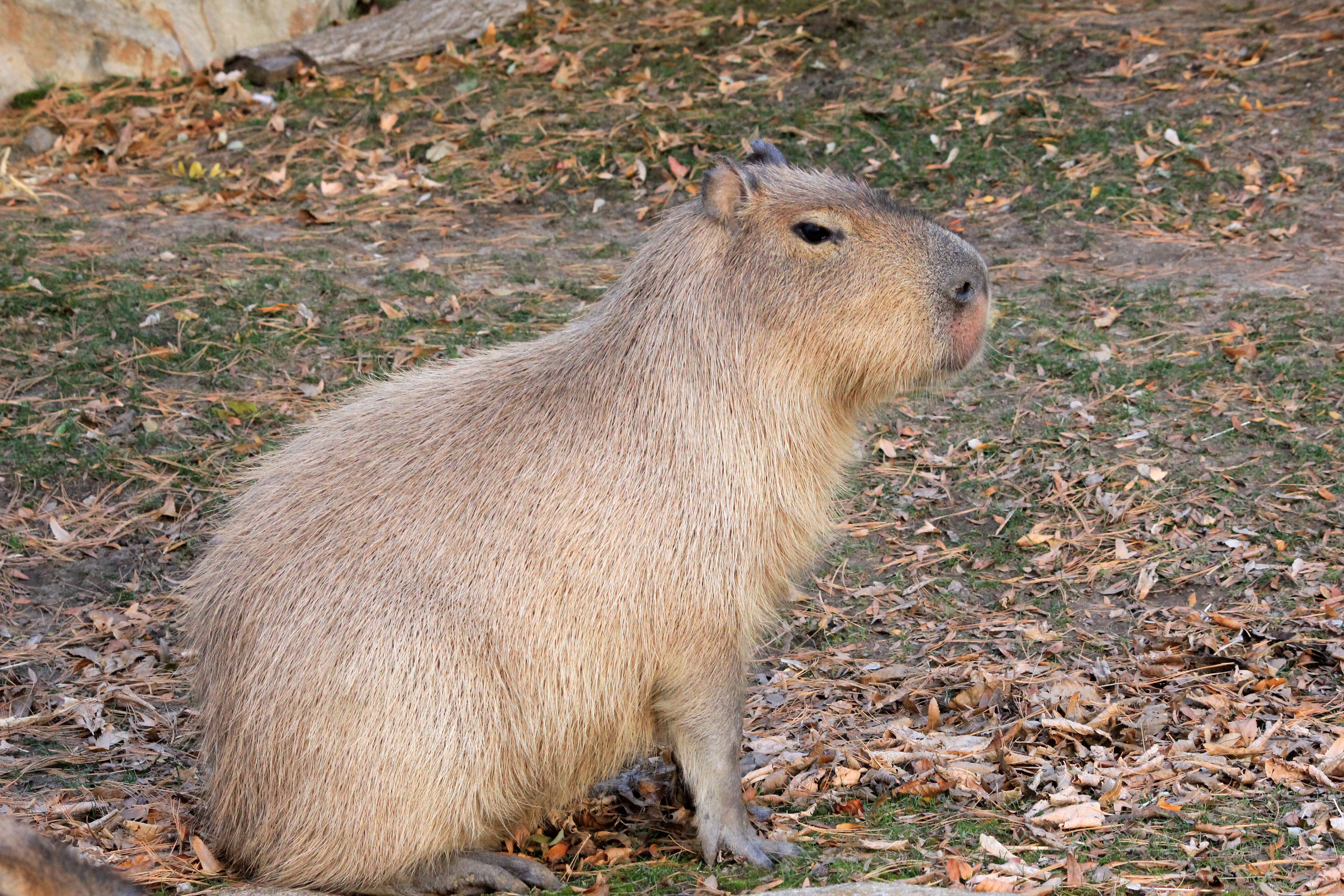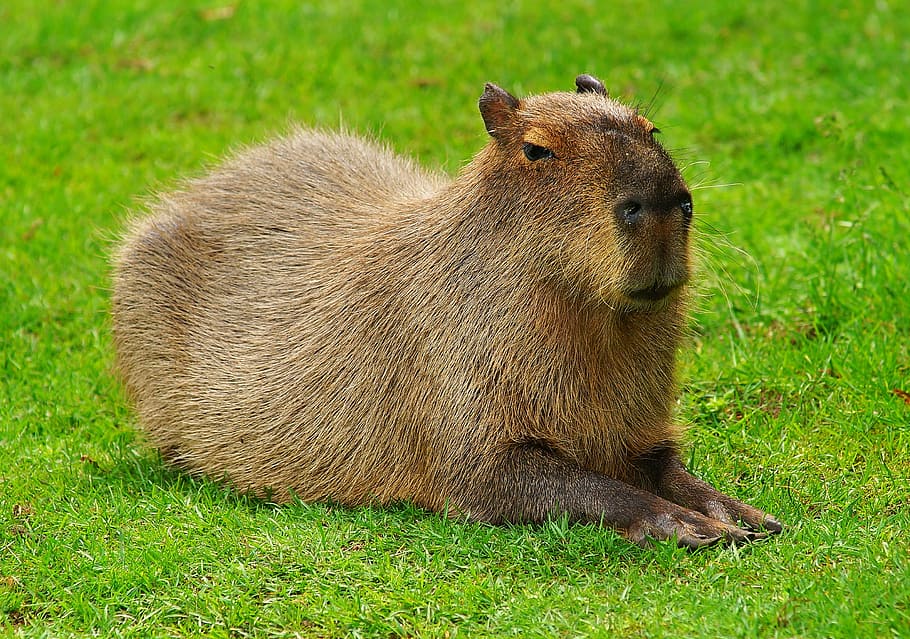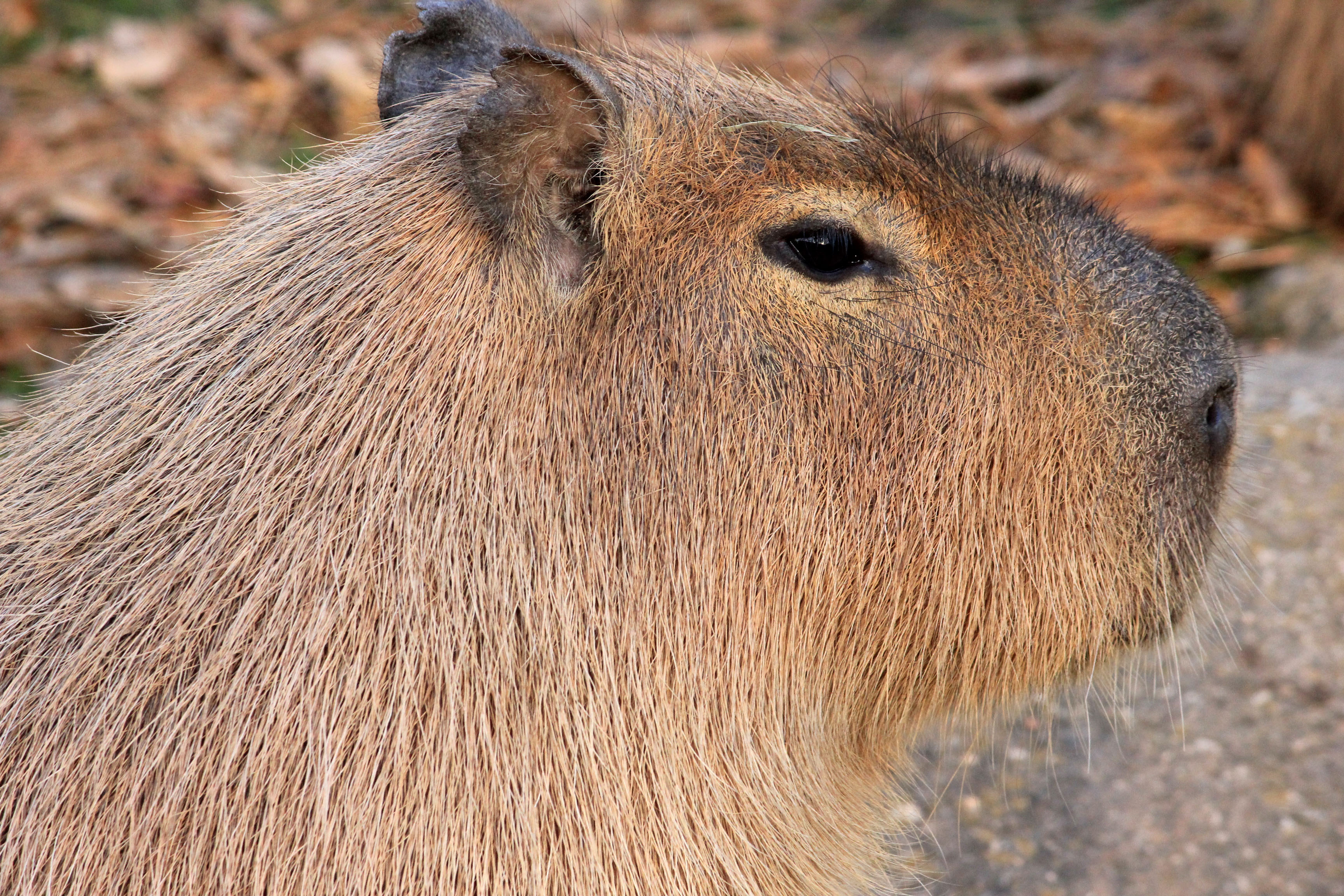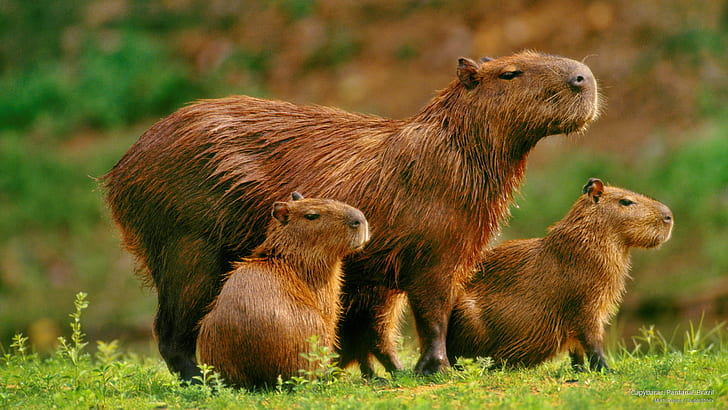Capybaras live in forests and wetlands from panama to argentina. Wombats also dig tunnels, while capybaras enjoy … The capybaras are actual swimmers … · capybara, either of two species of large semiaquatic south american rodents. The larger species, … It is the largest living rodent and a member of the genus hydrochoerus. Interesting capybara facts 1. The capybara has something in common with the hippo: Big, fast, & surprisingly agile! · the main difference between a capybara and a wombat is that a wombat is a marsupial while a capybara is a large rodent. Capybara hair is not enough to cover their whole body which about 1. 2 meters long and 0. 6 meters wide. The capybara can be sun burned. A capybara can lift just those parts out of the water to learn … These impressive semi-aquatic mammals are found throughout much of northern and central south america, though a small … Capybara facts & tidbits the name “capybara” comes from the tupi language, meaning “grass eater. ” they are the largest rodent species in the world. The capybara (hydrochoerus hydrochaeris) is a giant cavy rodent native to south america. The capybara[a] or greater capybara (hydrochoerus hydrochaeris) is the largest living rodent, [2] native to south america. They live for 8-10 years. Its eyes, ears, and nostrils are all found near the top of the its head. They are highly social, with groups potentially as big as 100 members, however the average group size is 10-20 individuals. As a result, they are susceptible … It is a member of the genus hydrochoerus. The capybara is twice that big —the biggest rodent on earth.
Capybara Vs. Nutria: Which Giant Rodent Reigns Supreme?
Capybaras live in forests and wetlands from panama to argentina. Wombats also dig tunnels, while capybaras enjoy … The capybaras are actual swimmers … ·...









